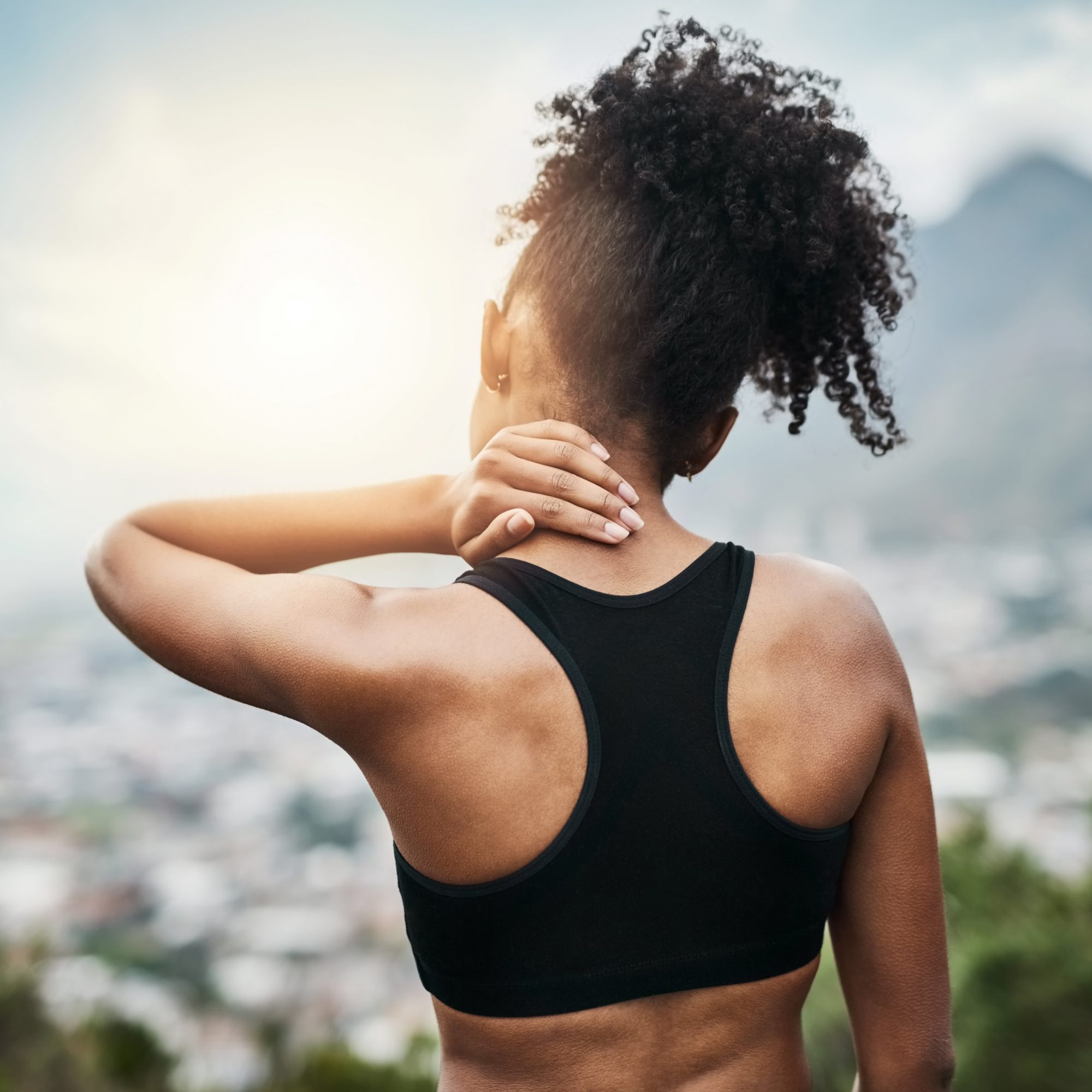
- POPSUGAR Australia
- Fitness
- Can Acupressure Mats Actually Ease Muscle Tension and More? We Asked Experts
Can Acupressure Mats Actually Ease Muscle Tension and More? We Asked Experts

When I first got my hands on an acupressure mat, I was terrified to lay down on it. It looked more like a prickly bed of thorns than something that could ease my muscle tension, relieve headaches, and help me sleep better. And those are just some of the benefits touted by acupressure mat brands and believers. But how do these mats rooted in ancient medicine compare to the treatments you’d receive from a specialist? POPSUGAR spoke to alternative medicine experts to find out.
How Do Acupressure Mats Work?
As you lay, sit, or stand on the mat, the plastic, needle-like tips are designed to activate various pressure points in the body. “The mat, when engaging these pressure points, signals to the body to channel or release energy, restoring proper flow of energy to the body and correcting any health problems which a disrupted energy flow may be causing,” Jamie Bacharach, a licensed medical acupuncturist and acupressurist and head of Acupuncture Jerusalem, told POPSUGAR.
But according to alternative and Chinese medicine expert Tsao-Lin E. Moy, a licensed acupuncturist and massage therapist and founder of Integrative Healing Arts, the name “acupressure mat” is more about marketing than actual acupressure. “Plastic points that press on the skin surface are not true acupressure,” Moy told POPSUGAR. “Acupressure is based on acupuncture points that have specific locations and functions that are along meridians known as energy pathways.”
However, that doesn’t mean the mat can’t provide relief. Moy explained that our skin is the largest part of our nervous system, and the tiny plastic tips can cause just enough pain to activate our nociceptors, which would then trigger a release of endorphins. So, while you may not see the benefits from a more localized treatment, like acupressure or acupuncture, the general stimulation can still elicit a positive response from your nervous system.
Bacharach added that, while there is limited scientific study and research supporting the effectiveness of acupressure mats, she has seen them work for many patients. They’re commonly used to treat headaches, migraines, neck pain, back pain, and insomnia, among a variety of other ailments. “Given their cost effectiveness and ease-of-use, most people should at least be giving them a try,” Bacharach said.
Related: 5 Stretches You Should Do Every Day, According to a Yoga Instructor
How Do They Compare to Treatments Like Acupuncture?
If you have the means, a treatment from a specialist will likely yield better results. While acupressure mats feature an array of plastic nubs or dull spikes, acupuncture uses a select number of needles to pierce the skin at very specific energy points on the body. This more targeted approach has a much greater impact.
“One of the crucial benefits of acupuncture is that it can facilitate the release of certain neuropeptides in the central nervous system, eliciting profound physiological effects and even activating self-healing mechanisms,” Moy explained, citing research that has sought to better understand the efficacy of these treatments.
Because acupressure mats don’t target pressure points specific to a certain ailment, and don’t pierce the skin, they cannot compare to acupuncture. “Acupressure mats operate under similar principles to acupuncture, but are far less engaging and far more superficial, and therefore ultimately less effective,” Bacharach said.

